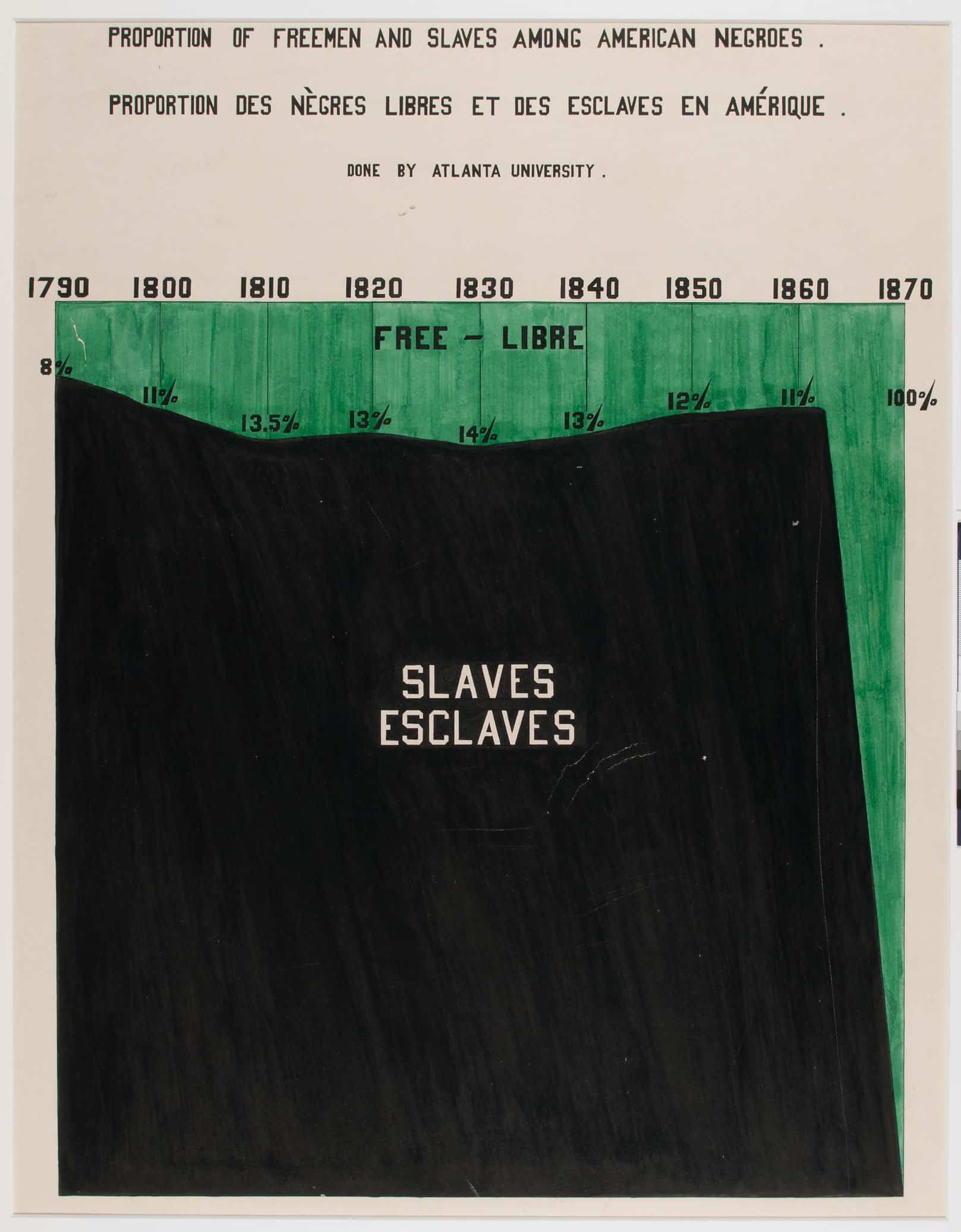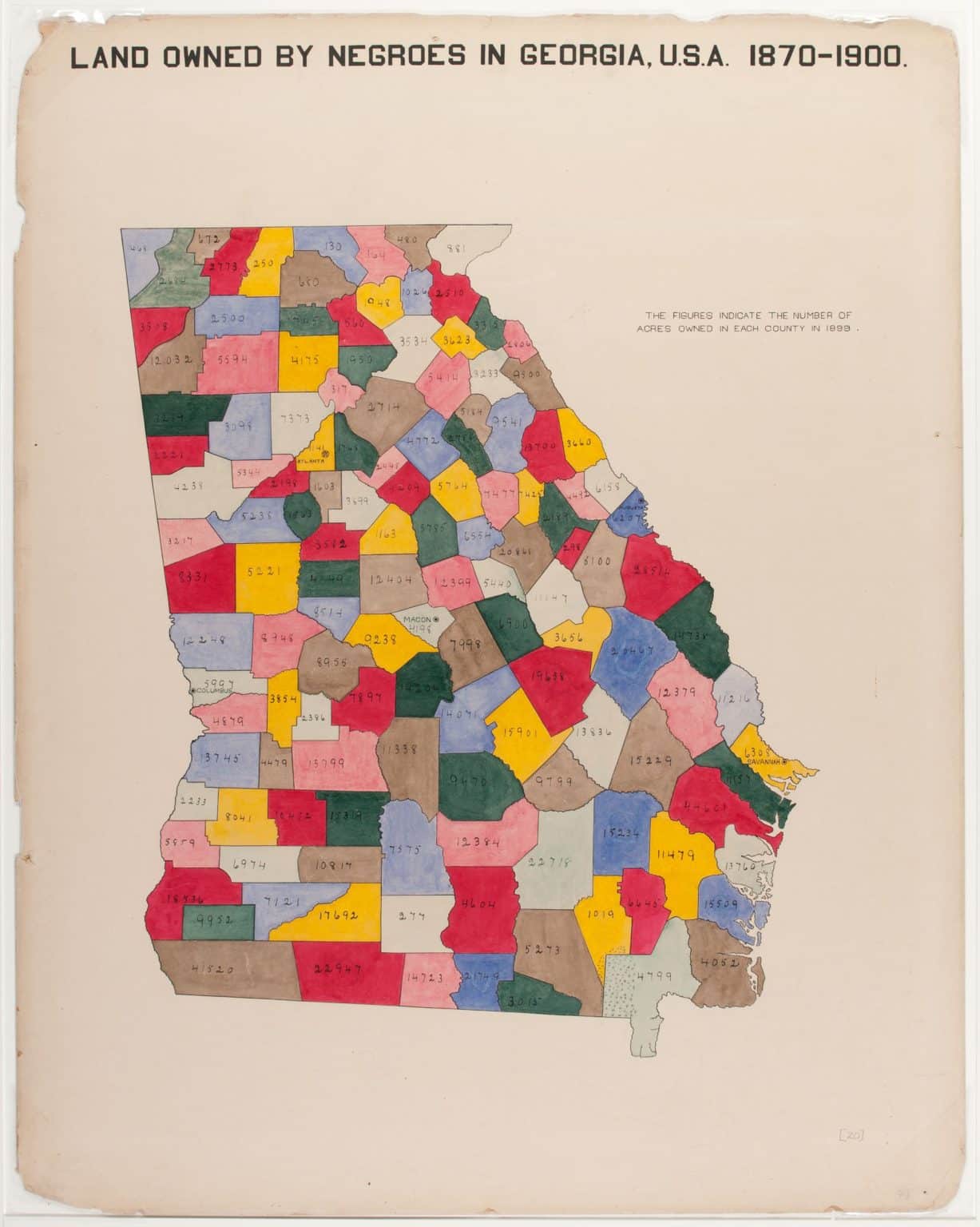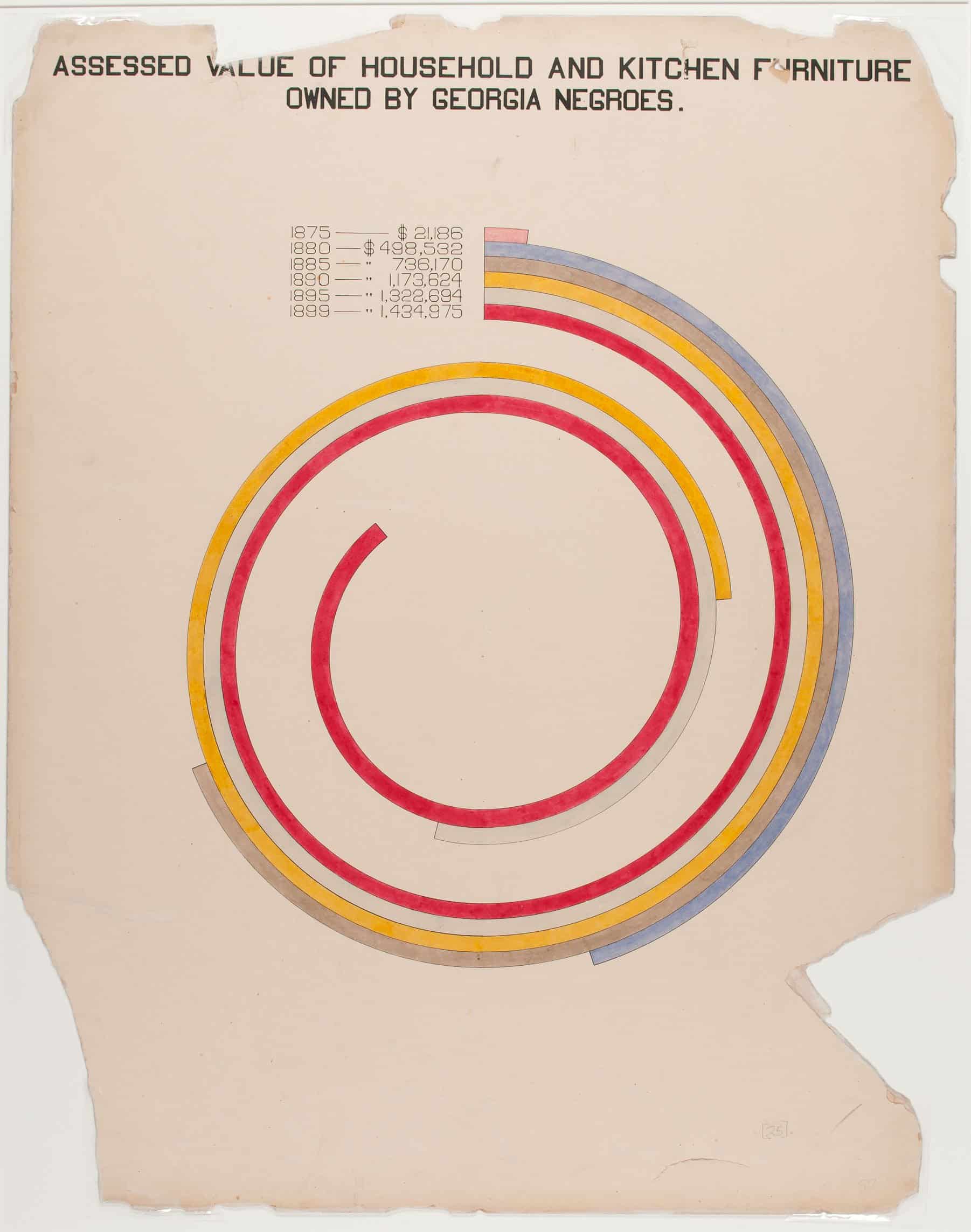A Voyage to the Islands
2024, Cotton and polyester, 1500 x 1220mm
2024, Cotton and polyester, 1500 x 1220mm

A Voyage to the Islands seeks to reshape and rethink the various untold histories surrounding the formation of British museum collections and archives - notably the Natural History Museum in London.
The Hans Slone Herbarium, comprising over 1,000 plant and animal specimens collected from former British West Indian colonies in the late 1600s was the basis of the formation of the Natural History Museum.
Unsurprisingly, the contributions of the enslaved Africans and indigenous communities that shared their botanical knowledge, as well as collect and physically press these specimens into the books have gone largely unrecognised.
Marking the first of Jahnavi’s Natural History quilt series, she aims to disrupt and challenge the dominant narrative that enslaved Africans and indigenous peoples were unintelligent, and 'primitive'. Their pre-colonial agricultural knowledge and skills undoubtedly contributed to modern science and our understanding of botany and zoology today.
Using the illustrated ceiling of the Natural History Museum’s Hintze Hall as a visual prompt, Jahnavi produced a quilt which seeks to redress this history.
The Hans Slone Herbarium, comprising over 1,000 plant and animal specimens collected from former British West Indian colonies in the late 1600s was the basis of the formation of the Natural History Museum.
Unsurprisingly, the contributions of the enslaved Africans and indigenous communities that shared their botanical knowledge, as well as collect and physically press these specimens into the books have gone largely unrecognised.
Marking the first of Jahnavi’s Natural History quilt series, she aims to disrupt and challenge the dominant narrative that enslaved Africans and indigenous peoples were unintelligent, and 'primitive'. Their pre-colonial agricultural knowledge and skills undoubtedly contributed to modern science and our understanding of botany and zoology today.
Using the illustrated ceiling of the Natural History Museum’s Hintze Hall as a visual prompt, Jahnavi produced a quilt which seeks to redress this history.

Hans Sloane with plant specimens
© National Portrait Gallery

Hintze Hall, Natural History Museum
The museum’s ceiling highlights the existence of Britain’s long legacy of colonialism and imperialism, in the very fabric of its cultural institutions and British society, yet it’s hidden in plain sight.
![]()

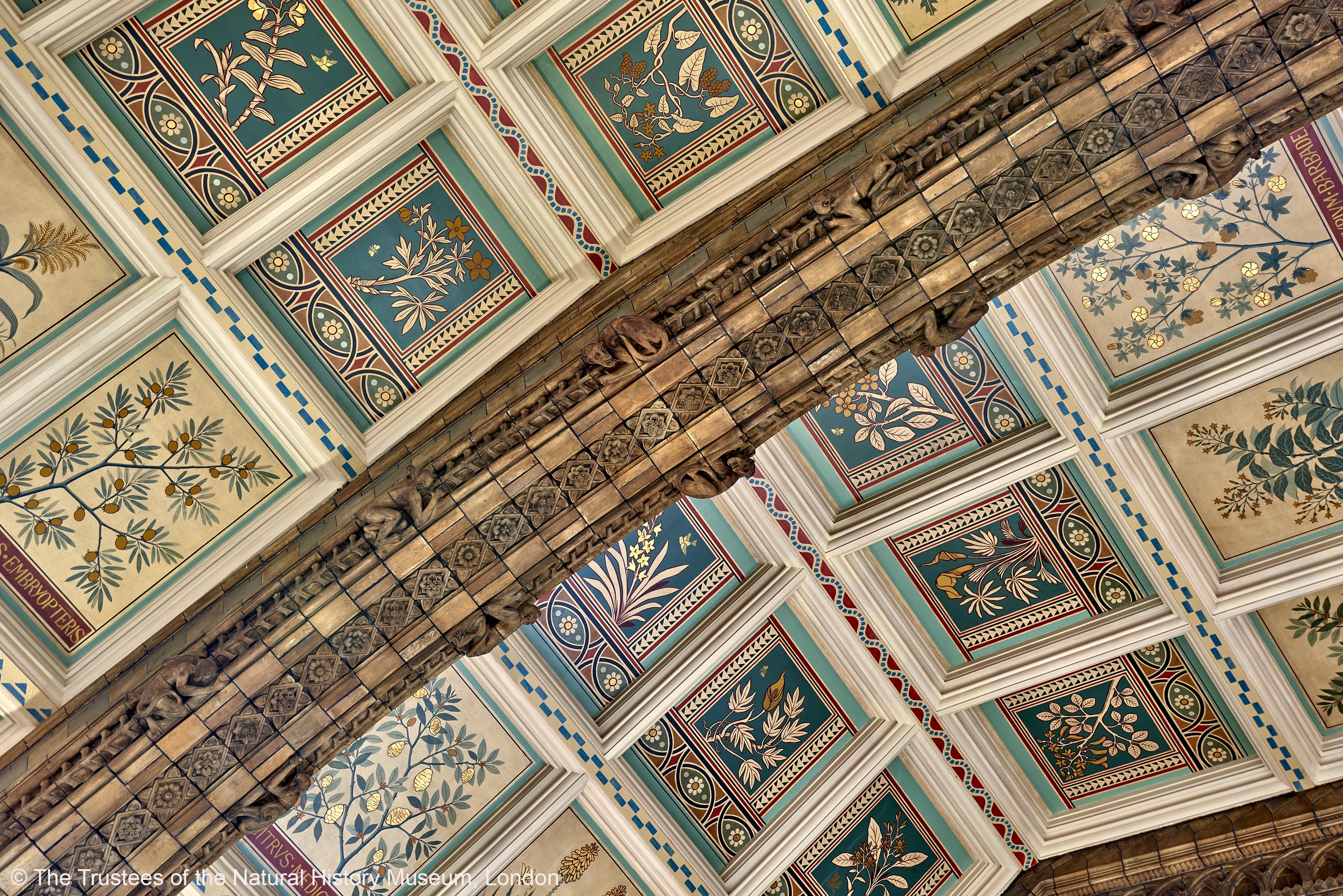
A Selection of Pressed Plant Specimens from the Hans Sloane Herbarium
Click on images to enlarge
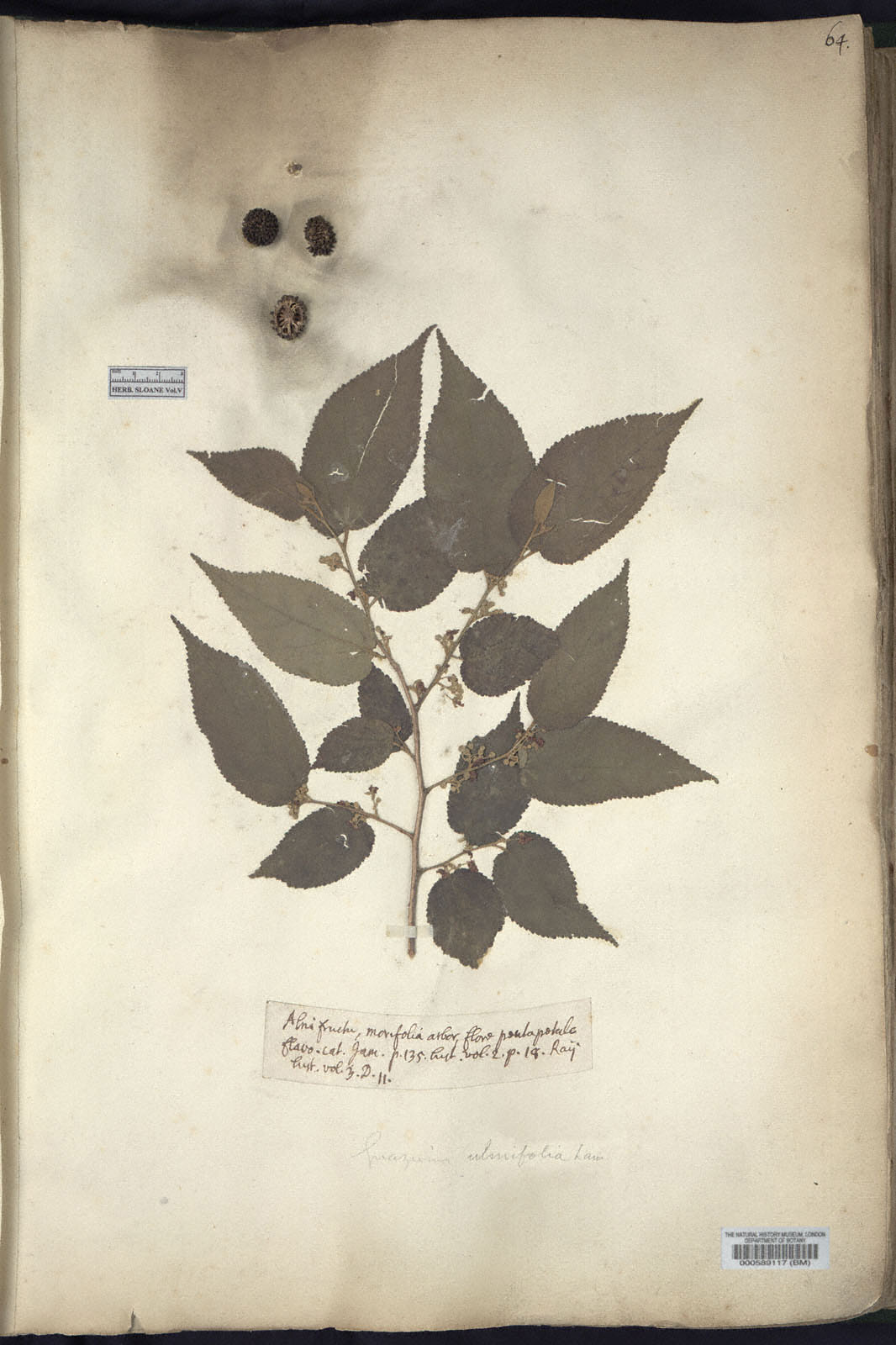
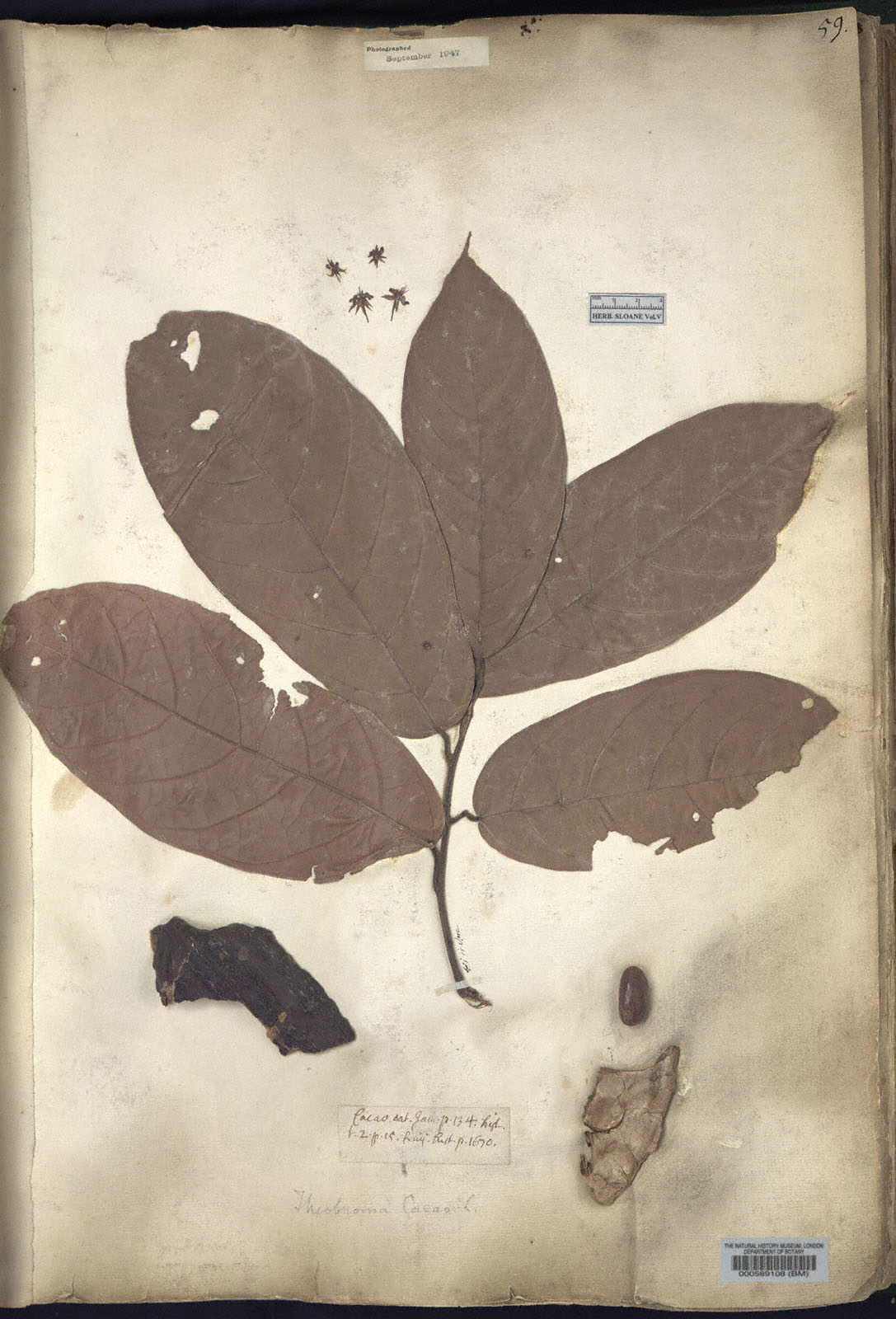
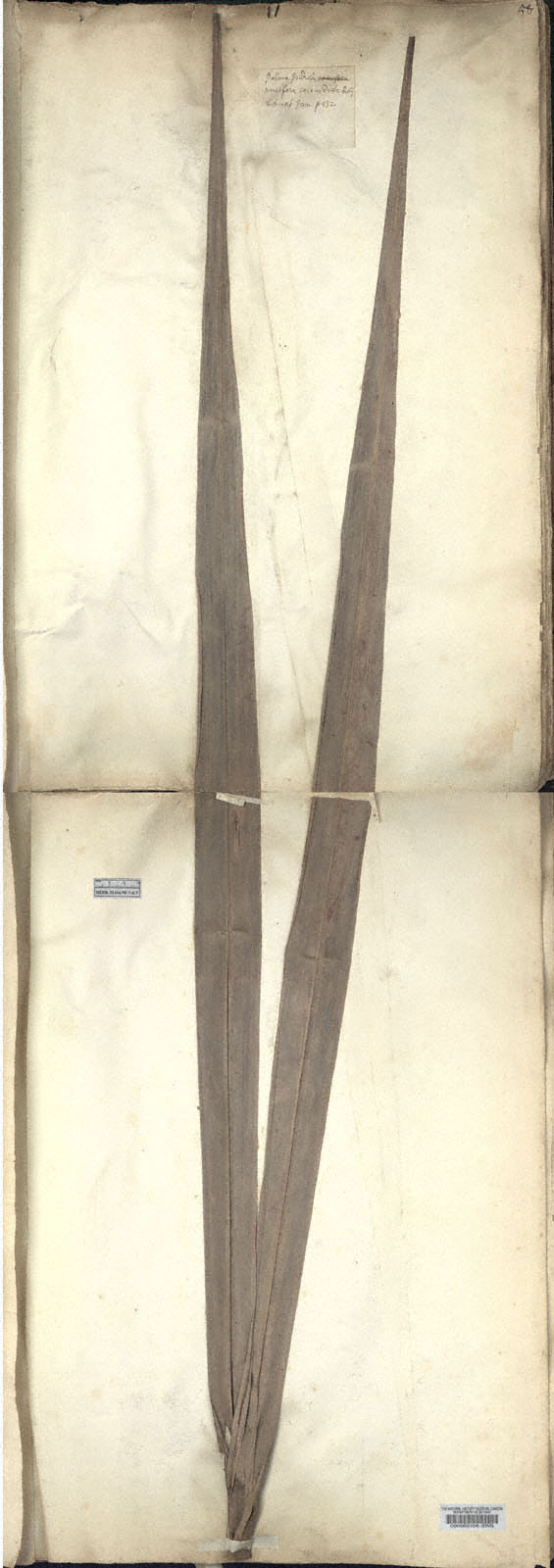


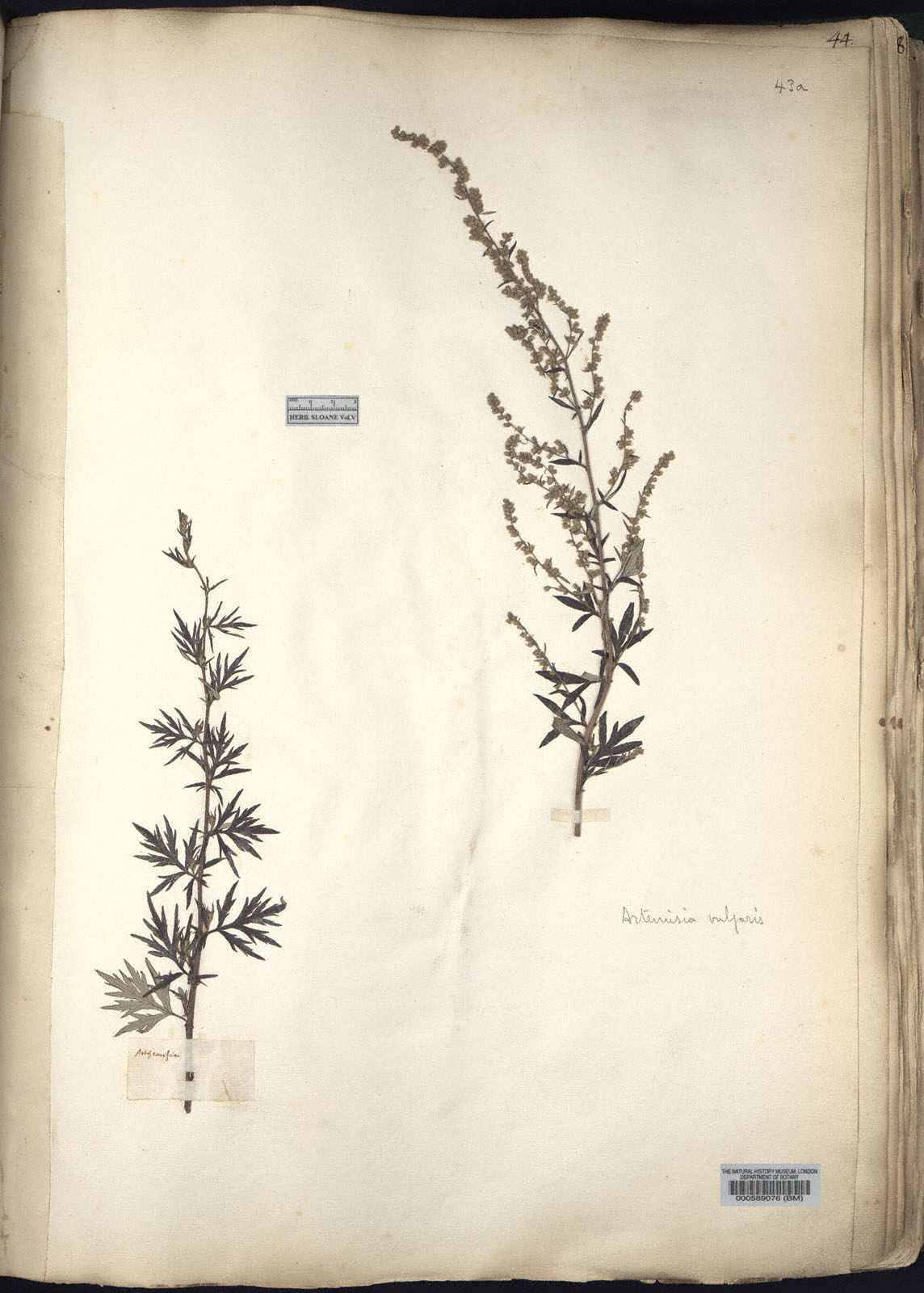
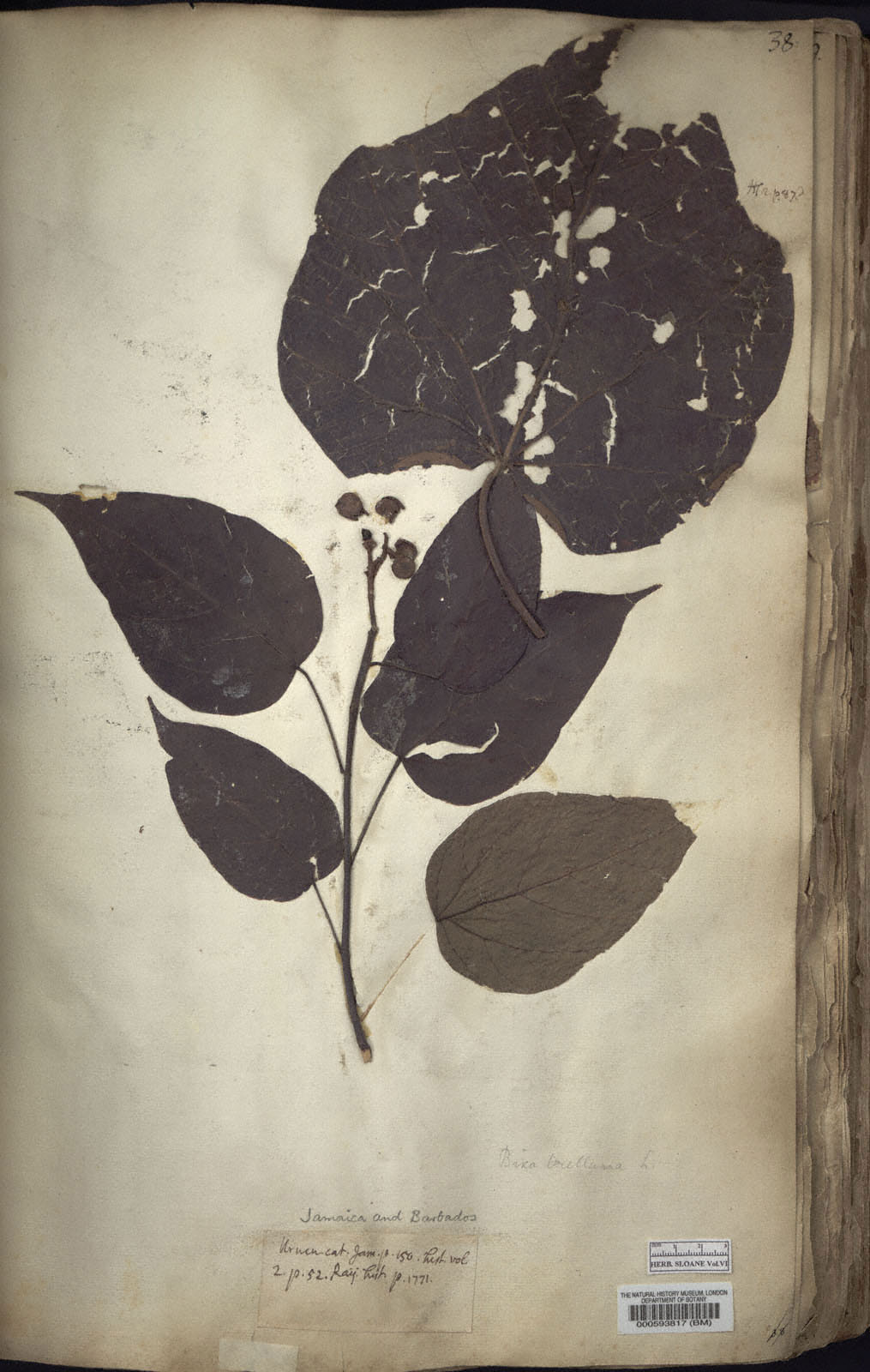

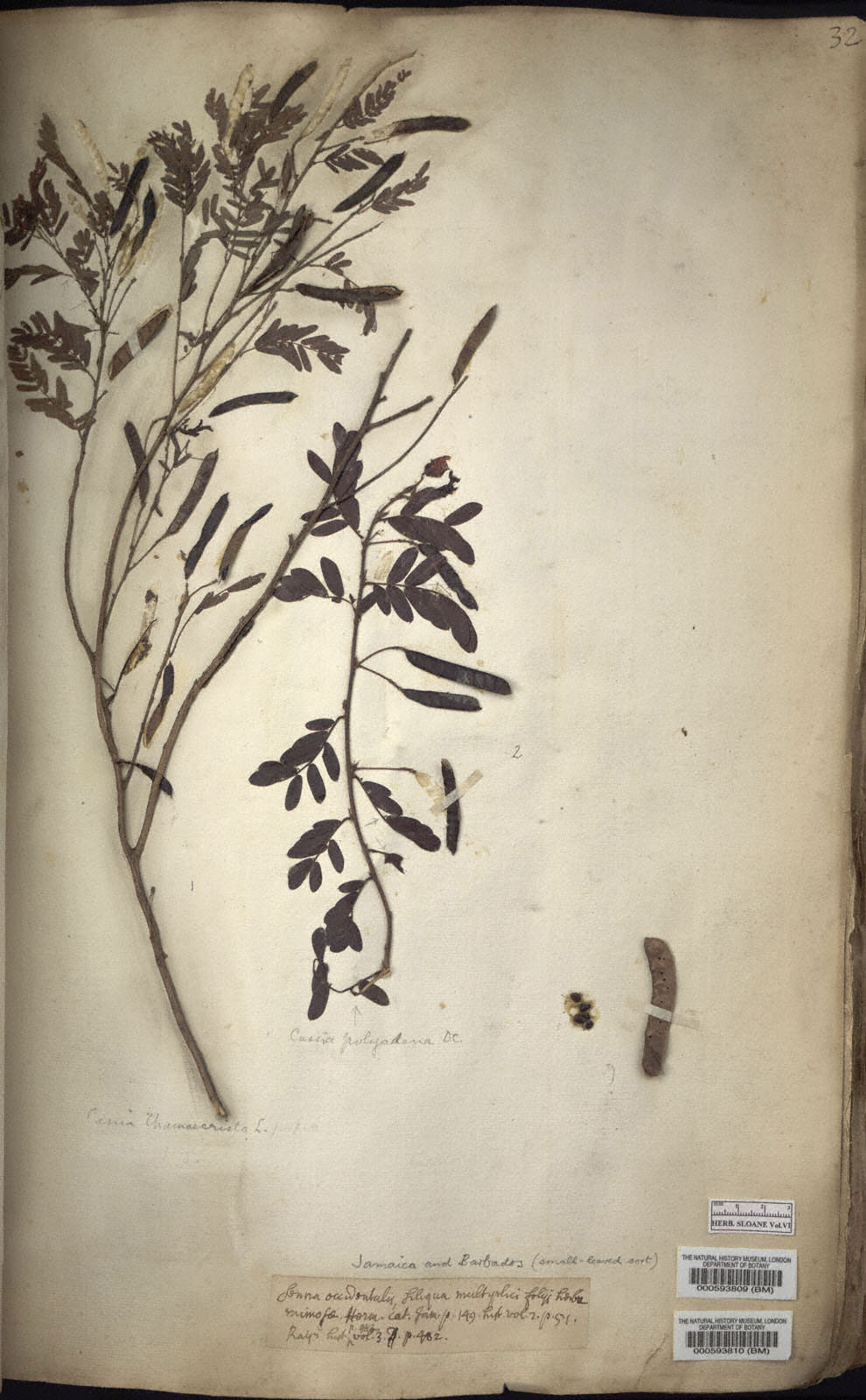


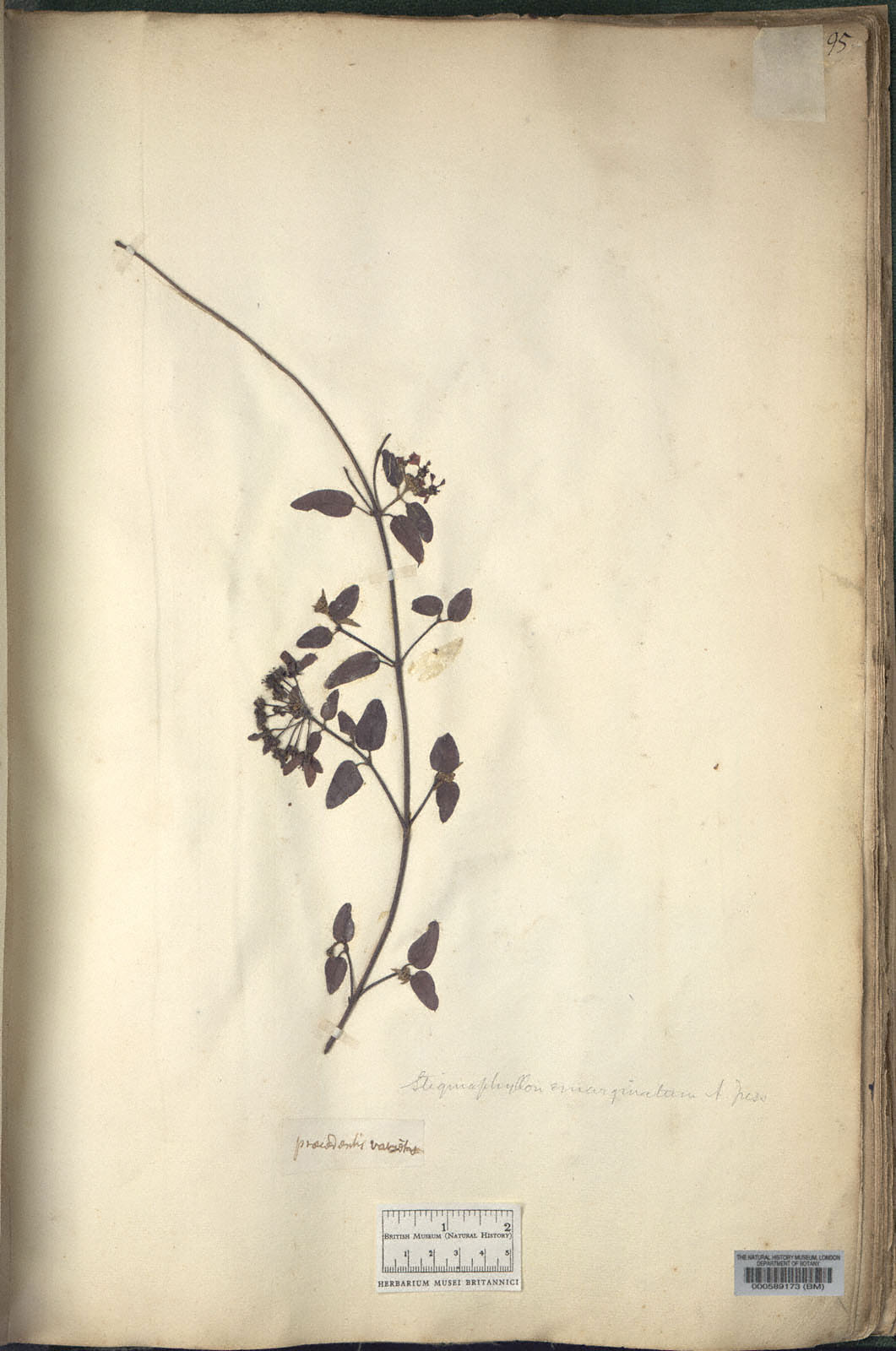
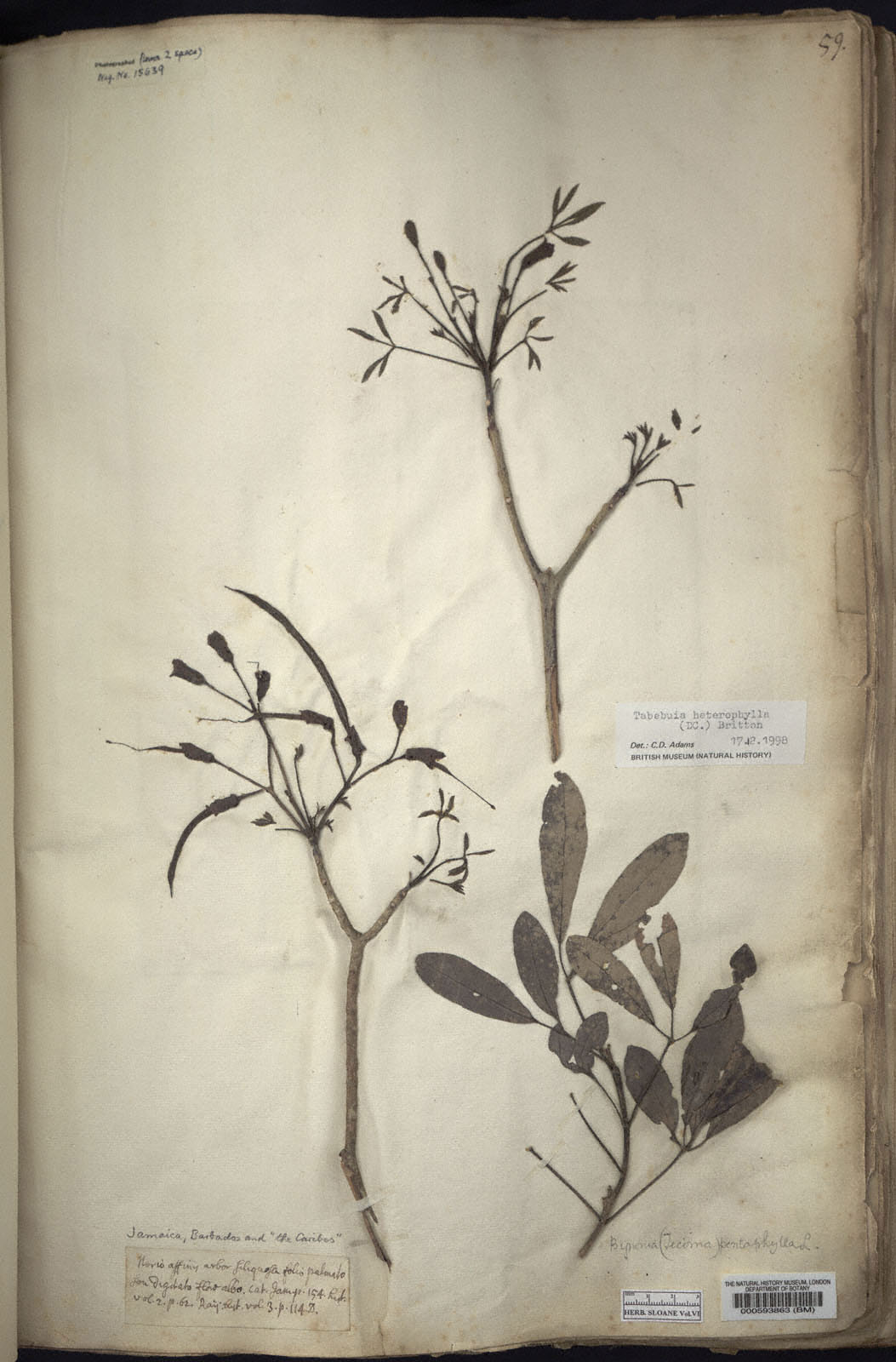
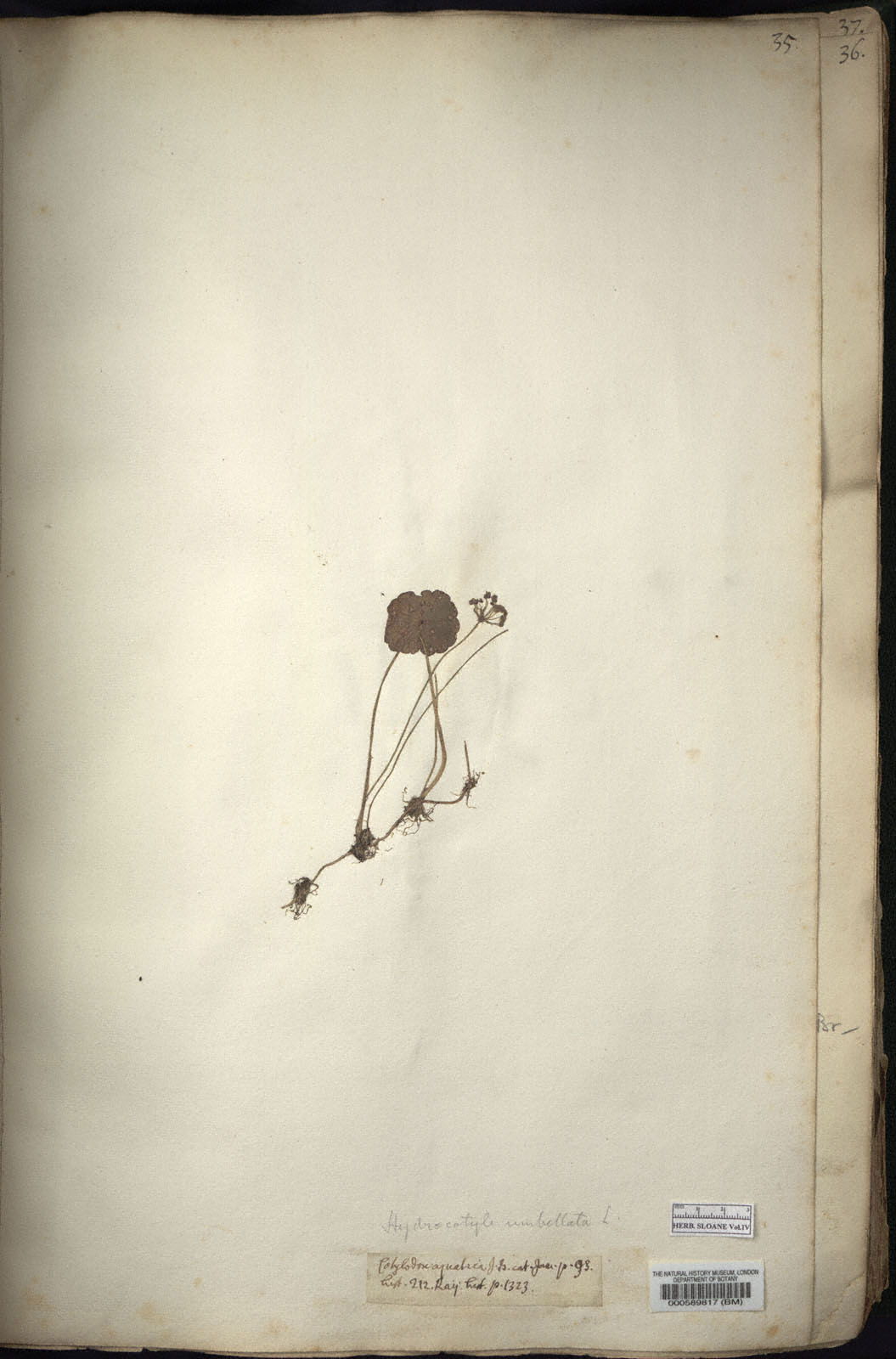
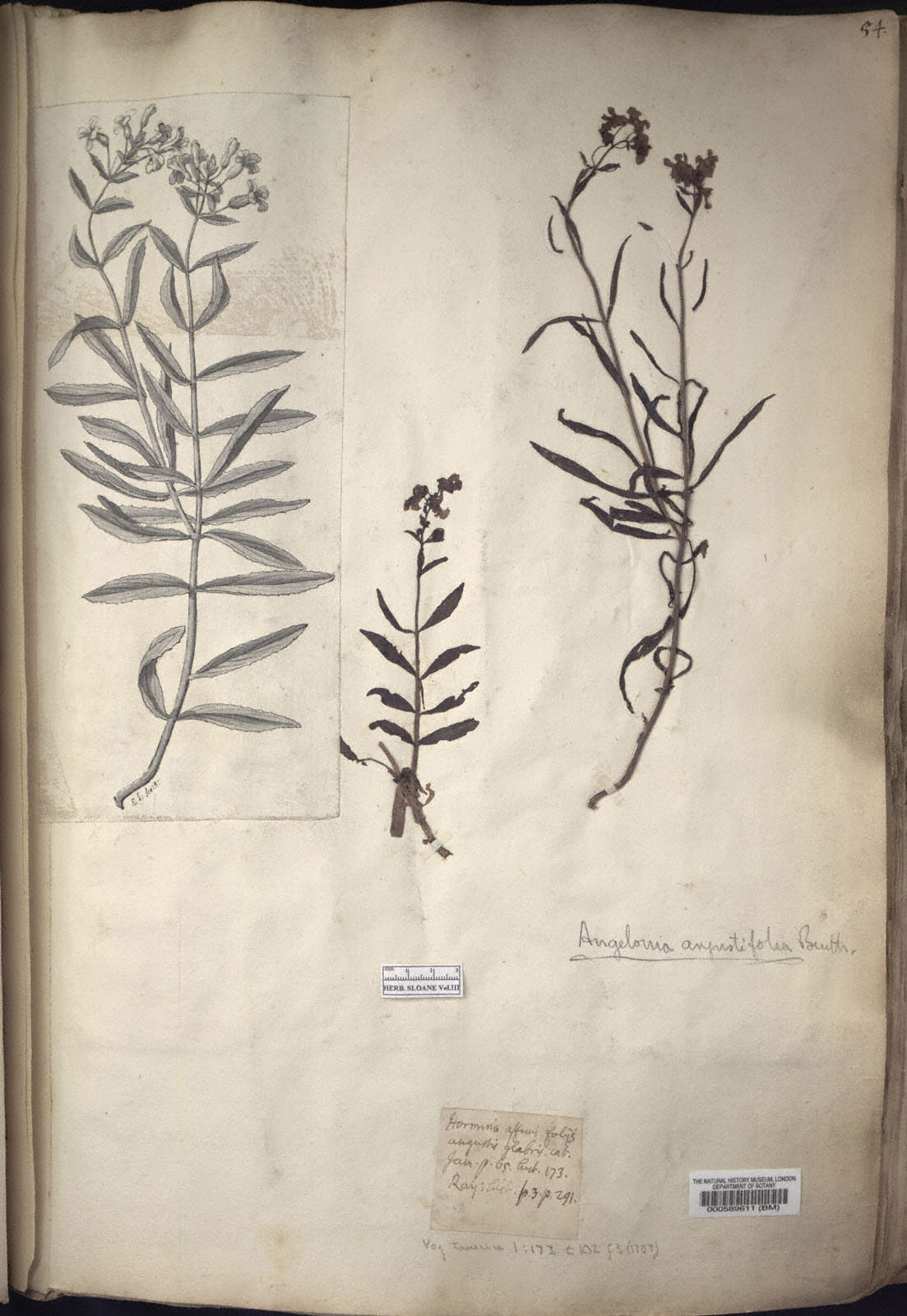


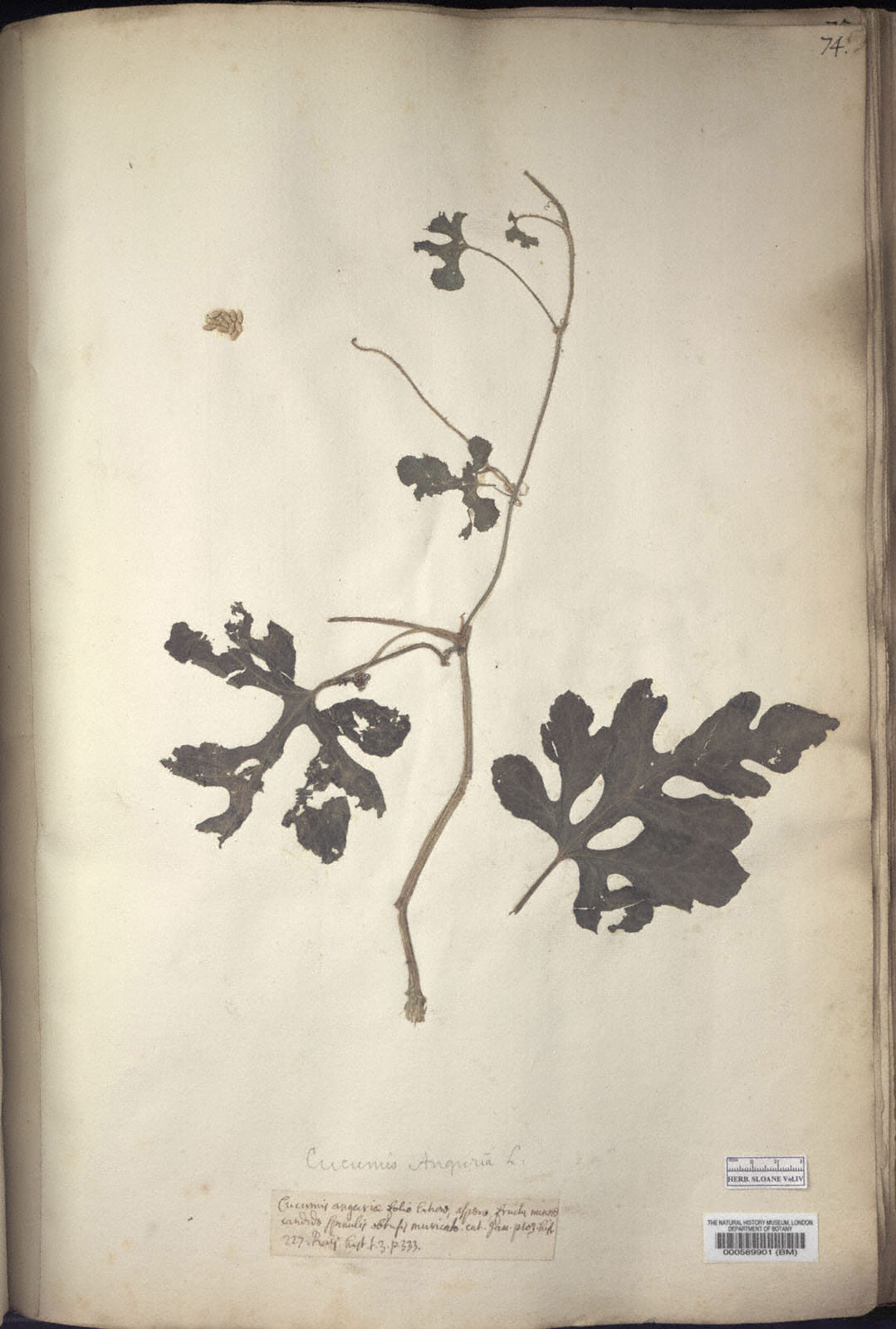
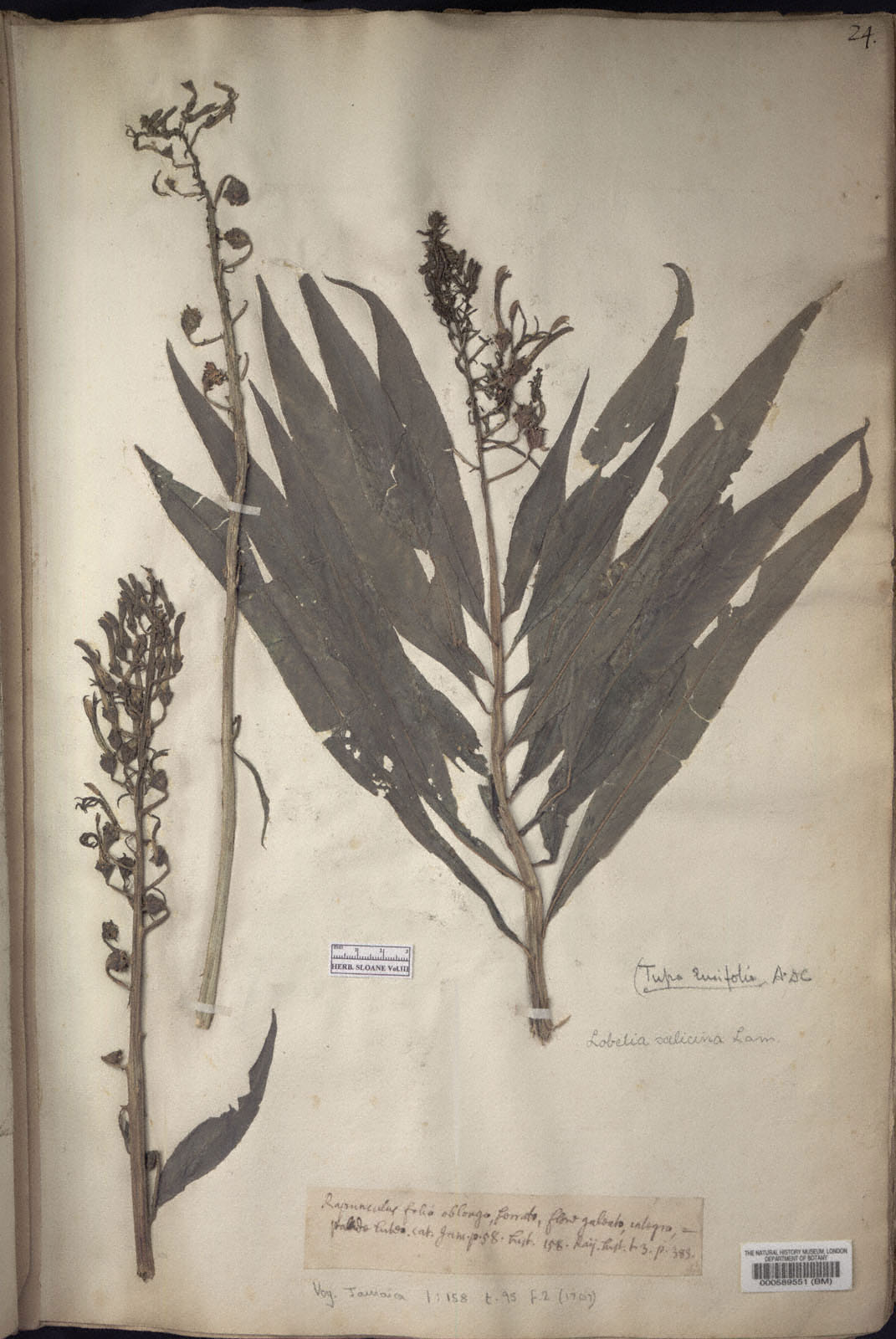





Names
























Using real names of enslaved Africans sourced from archival material, Jahnavi aims to honour the lives, knowledge and pre-colonial cultural identity of the enslaved Africans and indigenous people in the British colonies that contributed to the herbarium.
Majoe remains one of the only known plants in the herbarium named after the enslaved person that discovered it. Majoe was an enslaved woman in Jamaica. Also known as Majoe Bitters or Macaray bitters, it’s scientific name is Picramnia antidesma. It’s known uses were for treating various diseases. It is still used today as a natural remedy.
Majoe remains one of the only known plants in the herbarium named after the enslaved person that discovered it. Majoe was an enslaved woman in Jamaica. Also known as Majoe Bitters or Macaray bitters, it’s scientific name is Picramnia antidesma. It’s known uses were for treating various diseases. It is still used today as a natural remedy.
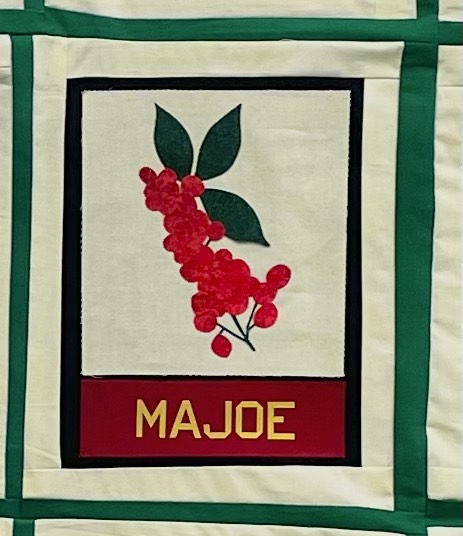

Maoje Bitters Specimen
Typeface
Jahnavi used W.E.B Du Bois created by Vocal Type. This typeaface is inspired by the work of W.E.B Du Bois’s infographic statictis which creativley visualise the various injustices and inequalities faced by African Americans in the US.
© Library of Congress
Discover more >
Discover more >
© 2025 Jahnavi Inniss

